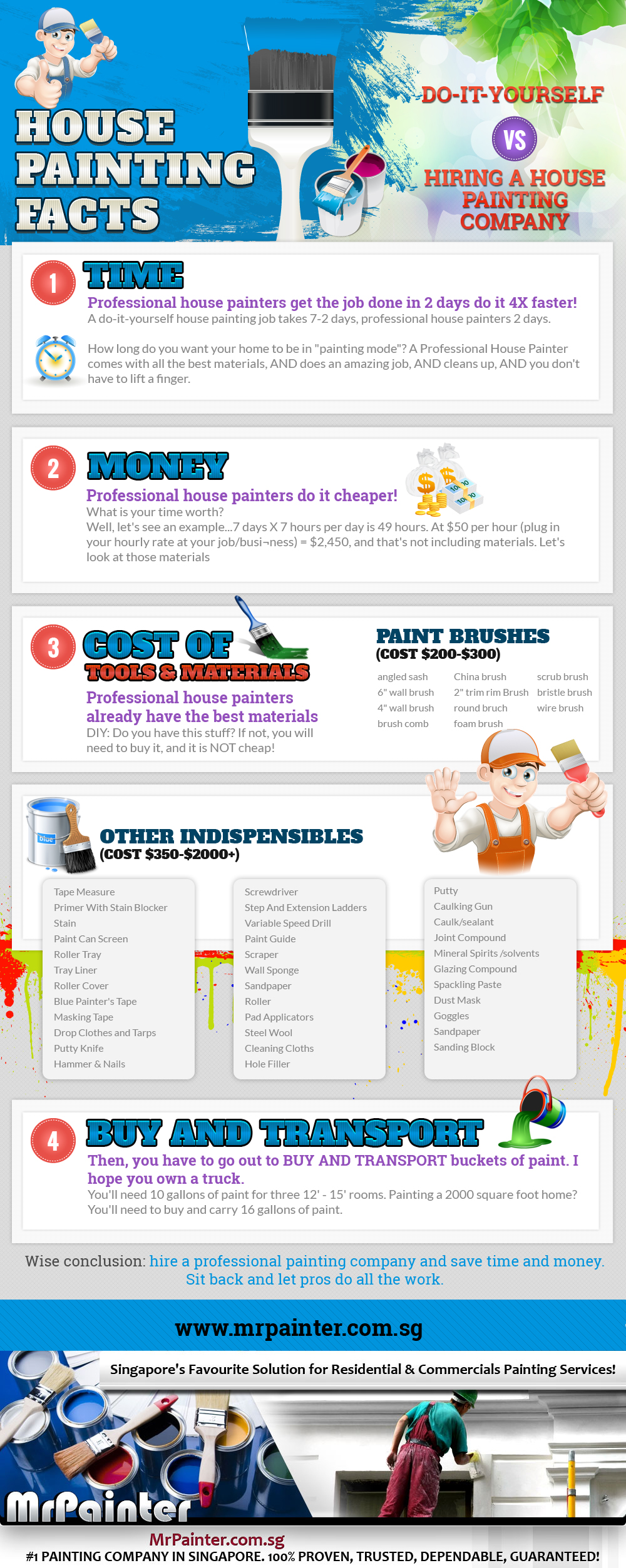Understanding Seasonal Influences On Commercial Exterior Painting: Crucial Understanding For Success
Understanding Seasonal Influences On Commercial Exterior Painting: Crucial Understanding For Success
Blog Article
Content Created By-Leach Decker
When you're intending an industrial outside painting task, seasonal elements can make or damage your results. You'll want to think about exactly how temperature and moisture impact paint application and drying out times. Selecting https://www.cbsnews.com/news/nashville-antisemitic-graffiti-swastikas-hateful-messages-caught-on-doorbell-ring-camera-5-homes-sylvan-park/ can guarantee your paint adheres correctly and lasts much longer. However which seasons are really the best for this sort of work? Allow's check out the crucial elements that can impact your job's success.
The Effect of Temperature on Paint Application
When you're planning an industrial external paint project, the temperature level can considerably affect just how well the paint adheres and dries.
Ideally, you intend to paint when temperature levels vary in between 50 ° F and 85 ° F. If it's as well cool, the paint may not cure properly, causing problems like peeling or fracturing.
On the other hand, if it's as well hot, the paint can dry too rapidly, preventing appropriate attachment and leading to an uneven surface.
You should likewise take into consideration the time of day; early morning or late afternoon supplies cooler temperature levels, which can be a lot more desirable.
Constantly check the manufacturer's recommendations for the certain paint you're using, as they usually offer support on the perfect temperature variety for optimum results.
Humidity and Its Result on Drying Times
Temperature isn't the only ecological factor that influences your commercial exterior painting task; humidity plays a significant duty also. exterior painter st. louis park can reduce drying times dramatically, impacting the general high quality of your paint job.
When the air is saturated with wetness, the paint takes longer to treat, which can bring about concerns like bad bond and a higher threat of mildew development. If you're painting on an especially moist day, be planned for extended wait times in between layers.
It's vital to monitor local weather and strategy as necessary. Preferably, aim for humidity degrees in between 40% and 70% for ideal drying out.
Keeping these factors in mind ensures your task remains on track and provides a long-term finish.
Best Seasons for Commercial Exterior Painting Projects
What's the most effective season for your industrial outside painting jobs?
Spring and early loss are usually your best choices. Throughout these periods, temperature levels are light, and humidity levels are usually reduced, producing perfect conditions for paint application and drying out.
Stay clear of summertime's intense heat, which can create paint to dry as well quickly, leading to poor bond and surface. Likewise, winter's chilly temperatures can impede correct drying out and curing, risking the long life of your paint task.
Aim for days with temperatures between 50 ° F and 85 ° F for ideal outcomes. Bear in mind to inspect the local weather prediction for rainfall, as damp problems can spoil your job.
Planning around these aspects ensures your painting job runs efficiently and lasts longer.
Verdict
In conclusion, preparing your business outside painting tasks around seasonal considerations can make a significant difference in the result. By scheduling work during the excellent temperatures and humidity levels, you'll ensure far better attachment and drying times. Keep in mind to watch on neighborhood weather prediction and pick the correct time of year-- spring and very early fall are your best choices. Taking these actions will certainly assist you accomplish a long lasting and professional surface that lasts.
